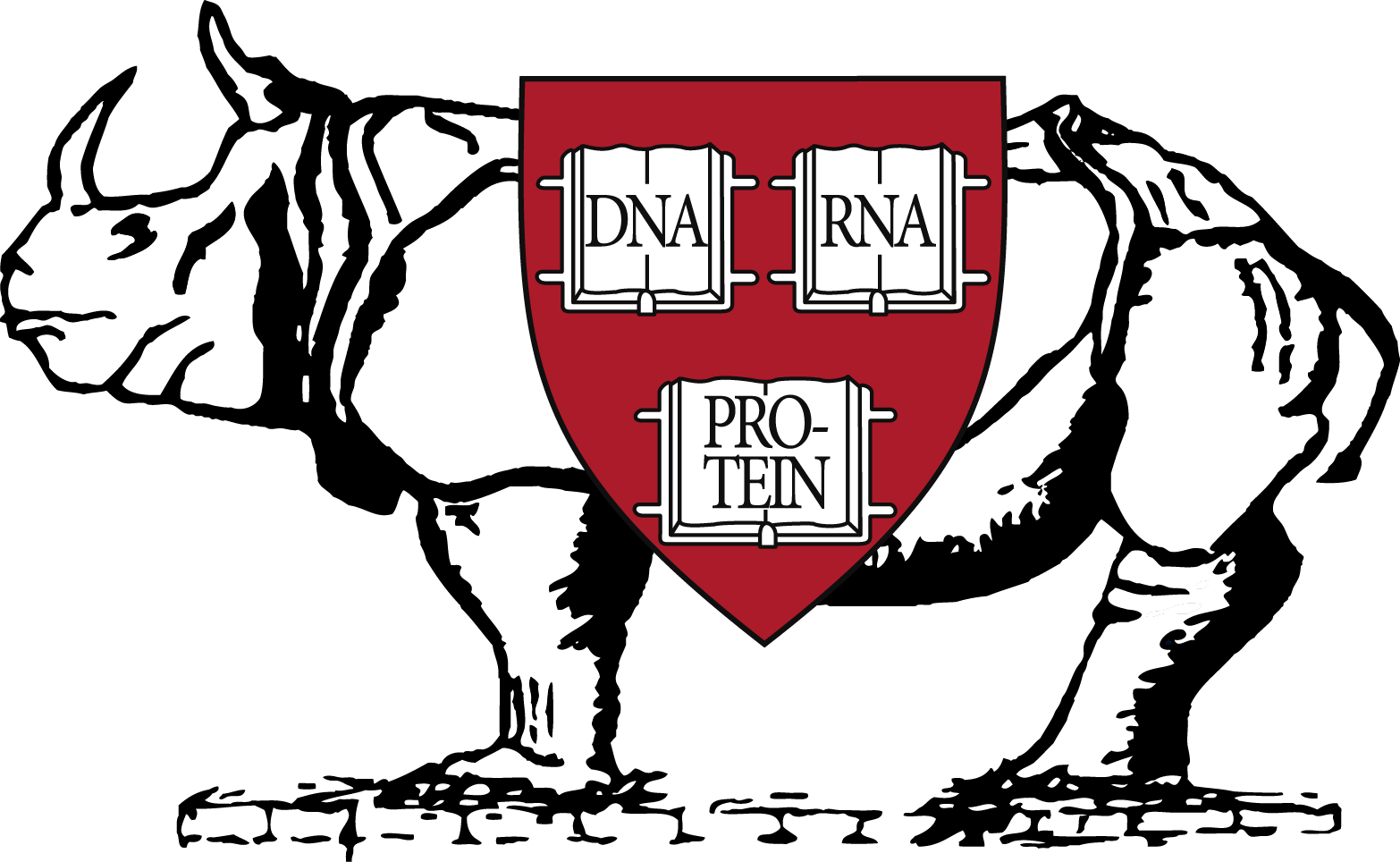Reading genomes, bit by bit
Because of rapid advances in genome sequencing technology, we can finally see the source code for life: the complete genomic DNA sequences that specify development, regulation, and function of organisms. Our laboratory develops computational methods for genome sequence analysis. We are particularly interested in methods for identifying remote evolutionary relationships between distantly related protein and RNA sequences.
We're a Howard Hughes Medical Institute laboratory at Harvard University, in Molecular & Cellular Biology in Biolabs on the Cambridge campus. We're affiliated with the Harvard Data Science Initiative and the Center for Brain Science.
Recent publications
-
Prevalence of Group II Introns in Phage Genomes.
L. N. Merk, T. A. Jones, S. R. Eddy.
bioRxiv preprint and manuscript submitted, 2025.Supplementary material : [Supplemental information (zip file)]preprint
Supplementary web site : [Supplemental information (GitHub site)] -
Cellular Evolution of the Hypothalmic Preoptic Area of Behaviorally Divergent Deer Mice.
J. Chen, P. R. Richardson, C. Kirby, S. R. Eddy, H. E. Hoekstra.
eLife, 13:RP103019, 2025.Download software : [analysis scripts (github)]abstract reprint
Supplementary material : [supplemental figures (PDF)] [supplemental tables (xlsx)]
How to join us
Graduate students in the group come from many different Harvard programs, including Systems, Synthetic, and Quantitative Biology, MCO (Molecules, Cells, and Organisms), and Biophysics. Most programs are rotation-based. In your first year, you do about three short research projects in labs you might be interested in (like ours!).
If you're interested in doing a postdoc with us - and if you're planning to obtain your own independent funding - contact me and propose a project idea. Unfortunately, because the US government has frozen federal funding to Harvard University, we do not have available funding for new postdocs at this time.
How to find us
Department of Molecular & Cellular BiologyBiological Laboratories 1008A
16 Divinity Avenue
Harvard University
Cambridge MA 02138, USA





